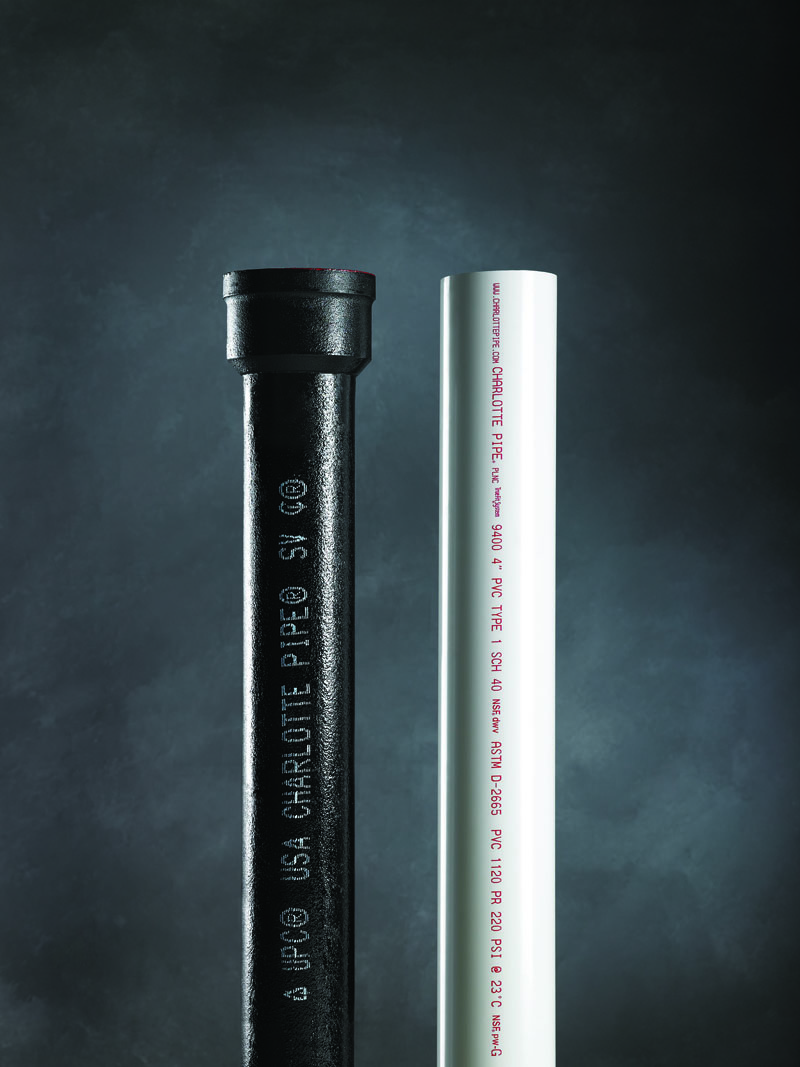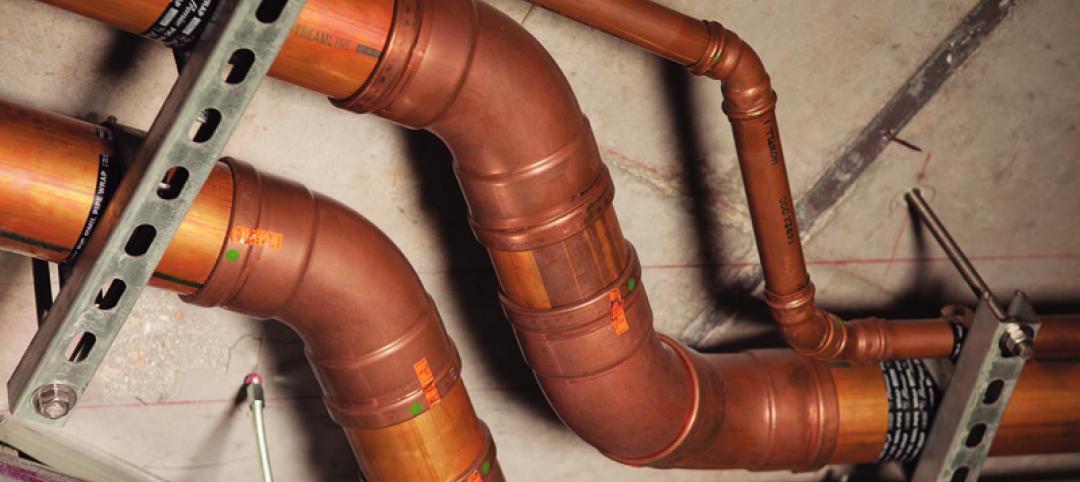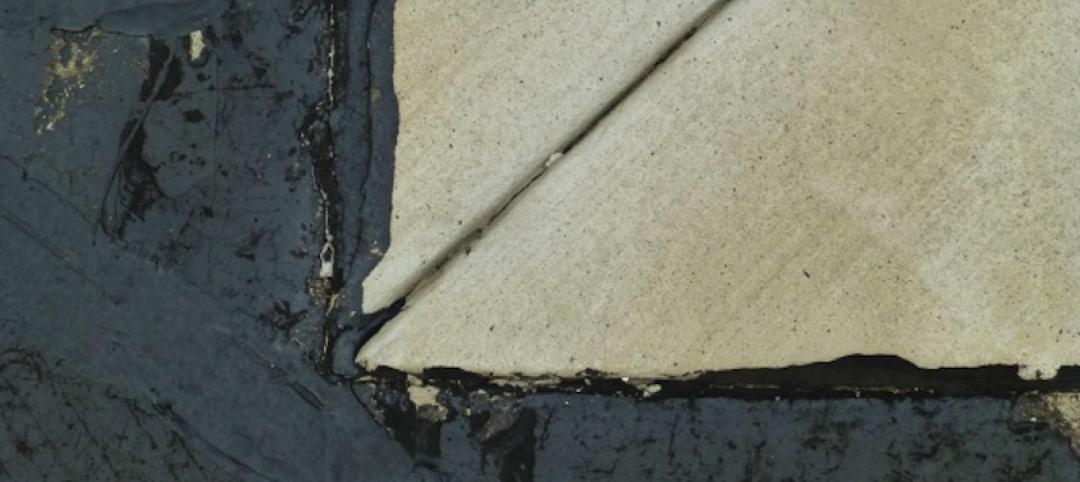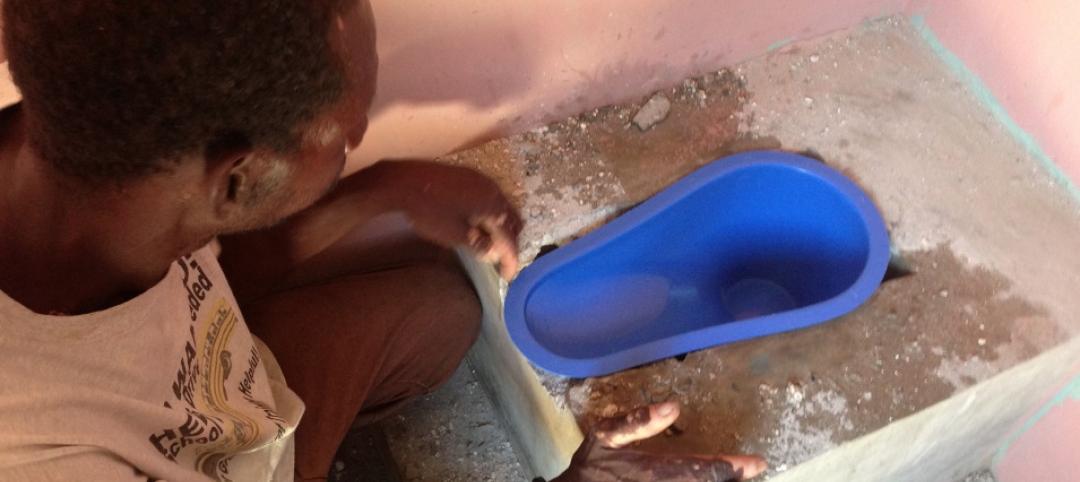At Charlotte Pipe and Foundry, we know that the first item on everybody's Value Engineering (VE) checklist is Cast Iron Soil Pipe (CISP) to PVC for drain, waste and vent applications. We make both plumbing systems, and believe that the right material should be used for every application. But, under financial pressure, things can get tricky in the VE process. That's what happened with one of the largest building projects in recent NCAA history, the Boone Pickens Stadium at Oklahoma State University (OSU).
In 2011, two years after it opened, a break in a plastic drain pipe was found. An inspection of the rest of the system revealed fifteen other breaks. The football team was forced to abandon the facility for five months while contractors jackhammered through finished concrete floors to fix the problems.
Litigation was eventually settled in February 2015, for $700,000. The biggest portion of the settlement ($400,000) was paid by the firm that did the architectural, engineering and design work. The water heater manufacturer agreed to pay $125,000 of the settlement. Properly functioning temperature and pressure relief valves, which are standard on all water heaters or boilers, will discharge water up to 200 degrees Fahrenheit — 60 degrees higher than the 140 degree limit on PVC. Sadly, avoidable mistakes like these are more common than they should be.

PVC can be used successfully below ground, but it requires careful installation and soil prep per ASTM D2321. Also, PVC has specific temperature and hanger spacing requirements. In addition, it requires extra care and attention in plenum spaces and in fire wall penetrations.
To make sure that the particulars and intricacies of this choice aren't confusing, we have prepared a downloadable brochure and handy checklist. The brochure covers the benefits of both systems, and the checklist is a simple yes/no form to help you understand the full ramifications of a PVC versus CISP VE decision.
Download the brochure, checklist and more VE resources at charlottepipe.com/VE.
What happened at OSU was an avoidable tragedy. With a proper and thorough understanding of the strengths and weaknesses of PVC and CISP for your plumbing application, you can greatly reduce the chance of anything like this happening to you.
*Please note: Information for this case study was found in published media reports and public records.
Related Stories
Sponsored | Plumbing | Nov 13, 2015
Getting the Most Value When You Value Engineer DWV Systems
There are lots of places in a DWV system where value can be captured, but there are applications where what looks like value can mask risks that you might not want to take.
Sponsored | Plumbing | Oct 9, 2015
Porsche luxury meets Viega innovations
Occupants of the Porsche Design Tower on the shoreline of Florida’s Sunny Isles Beach will experience the best view in the city
Sponsored | Plumbing | Mar 13, 2015
Viega ProPress for stainless looks good at UNH
One of the oldest buildings on the University of New Hampshire (UNH) campus, Huddleston Hall is a multipurpose facility, which includes dormitories, classrooms and an event center.
Building Materials | Feb 19, 2015
Prices for construction materials fall in January, following plummet of oil prices
The decline in oil and petroleum prices finally showed up in the produce price index data, according to ABC Chief Economist Anirban Basu.
| Dec 8, 2014
The global sanitation crisis leads to 2.5 million deaths every year
When we see the incredible technology being produced by global plumbing manufacturers, it’s hard to conceive why no viable technical solution to the global sanitation issue has come forth, writes BD+C's Robert Cassidy.












